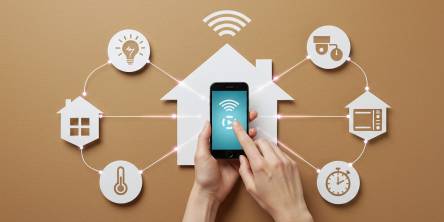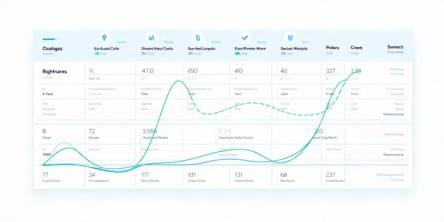10 Secrets to Better Android Battery Life

Android devices are used to perform range and variety of services. They are used to perform basic tasks like making calls and sending messages to using advanced apps and playing games. All these functions consume a lot of device battery and consume significant device resources. It also creates battery drain problem for the user. To deal with it, you can follow certain steps to extend your device’s battery life. Let’s discuss some of these steps here.
Turn off Wi-Fi: Leaving Wi-Fi radio ON all the time consumes lot of system resources. When you keep your Wi-Fi on it keeps sniffing out networks nearby, even when you don’t require it. Toggle Wi-Fi off when you are going outside or you don’t intend to use it for some time. You can create a widget for easy access to Wi-Fi if you are a frequent user.
Turn off Bluetooth: With your extensive activities on a device like using Wi-Fi with your hands-free headset or with wireless speaker or activity tracker, all this consume a lot of system resources. It's fine when you are using it actively but it’s also advisable to keep Bluetooth radio turn-off when not in use to save device battery.
Keep the screen timeout short: You can save a lot of your battery consumption by applying this simple step. Go to device Settings to find Screen Timeout option. Set your device’s screen timeout shortest so that you can save some device resources. Alternatively, you can press the power button to instantly turn off your screen.
Manage device brightness: Your mobile display may look better with more brightness but it consumes a lot of battery. Screen brightness consumes battery life at a devastating pace more than any other component of your smartphone. Keep the screen brightness dim or set it on auto brightness mode.
Manage location services and GPS: When your device keeps on monitoring your location using GPS, Wi-Fi or mobile data it consumes a lot of device resources. Allowing apps to integrate with your location, SD card, the camera may prove convenient but is not necessary at all. You can turn off location services when not required.
Turn off apps running in the background: There are a lot of apps and programs which run in the background and consume phone’s processor cycles without your knowledge. To close these apps running in the background go to Settings > Application Manager > Running Apps and close them instantly by pressing Stop button.
Avert Vibration: Vibration on your device consumes more power than a simple ringtone for call or message alert. Ringtone requires making a small membrane in your device’s speaker enough to produce sound whereas vibration motor rotates a small weight to make your whole device shake. This process takes a lot more power. If you are not getting disturbed audibly prefer ringtone to vibration alone.
Turn off non-essential notifications: Every new notification turns on your screen and consumes certain device resources. Turn off all unnecessary notifications to help your device battery last a little longer and to avert pointless distraction.
Power-saving mode: Power saving mode on any device helps device last long by few hours sometimes. It will stop all battery draining services immediately. It is a most effective tool available within the device to extend battery life.
Avert live wallpapers: Live wallpapers may look beautiful aesthetically but it consumes a lot of battery power. Live wallpapers get activated every time you on your screen. This way it drains the battery a lot. Turn off all live wallpapers to save some battery.
You can apply these simple steps to extend your battery life significantly. These steps alone may not prove effective but once applied multiple or altogether can create the difference.
Other than these steps you can also use Android Battery Saver apps as well to boost your battery life.
Similar Articles
Food delivery applications, including Uber Eats, DoorDash, Zomato, Swiggy, and Grubhub, generate large volumes of valuable data.
Modern businesses are drowning in communication overload, and much of that burden stems from outdated tools that simply can’t keep up
Building lending software isn’t just a technical project—it’s a business decision. Whether you're a fintech founder or part of a traditional lending institution trying to go digital, three questions will shape everything that follows
Learn why robust security is crucial for super app development. Explore key strategies and best practices for mobile app development security.
Walkie-talkies with an extensive reception capacity have changed significantly when it comes to portable communication by displaying cutting-edge features with seamless connectivity that covers more than just the state
USB-C technology has revolutionized the way we charge our devices, offering faster charging speeds, higher power delivery, and universal compatibility across multiple devices
Discover expert mobile app development strategies to create a viral app that attracts users and boosts engagement
Optimize app localization for iOS users across the EU with language, cultural, and regulatory adaptations. Engage users and boost retention with these tips!
Discover the top 10 mobile app development trends of 2024! Explore 5G, AI, AR/VR, blockchain, and more to stay ahead in the ever-evolving app development landscape.









